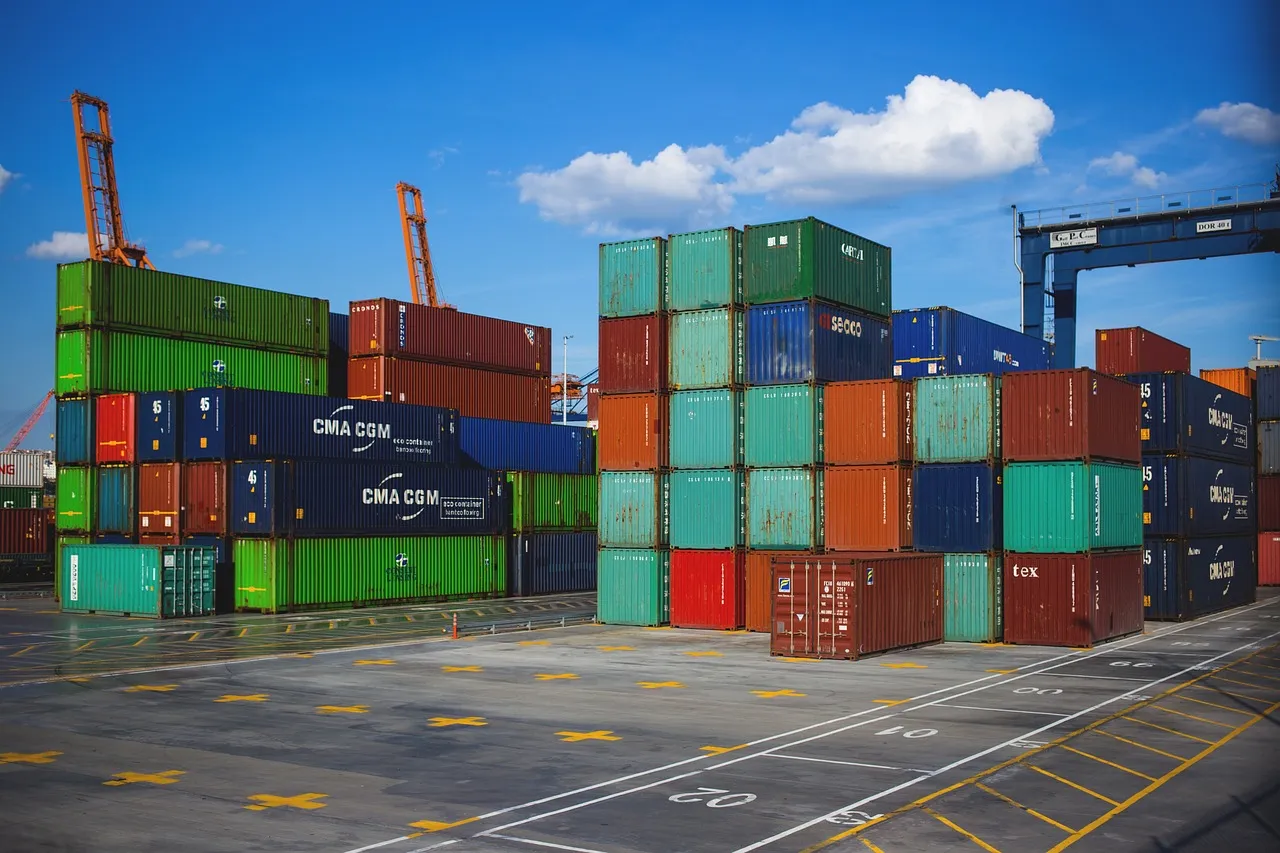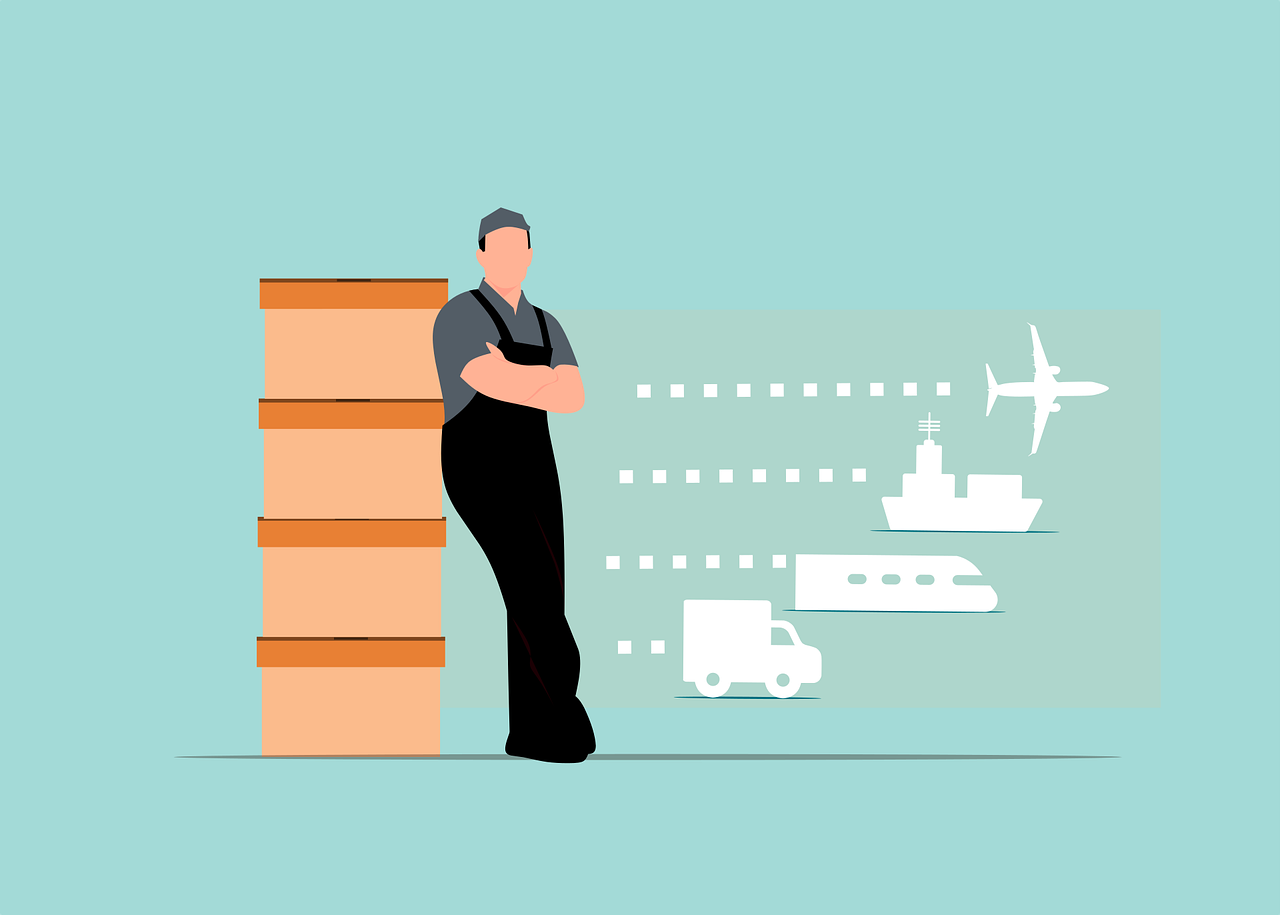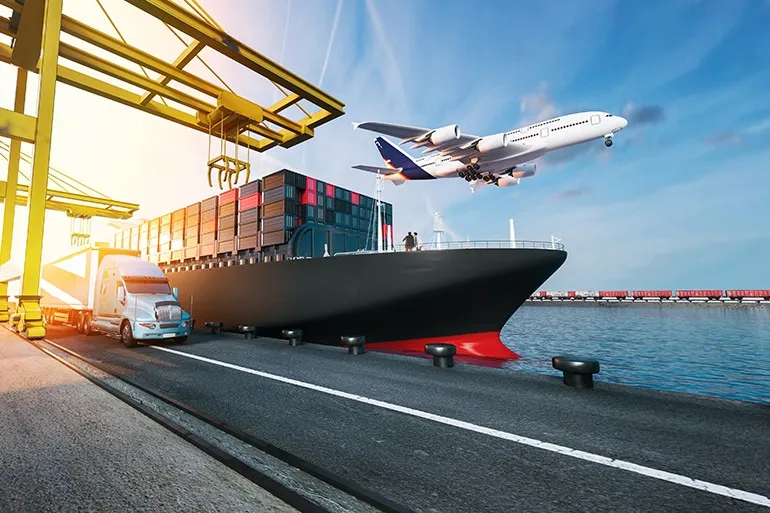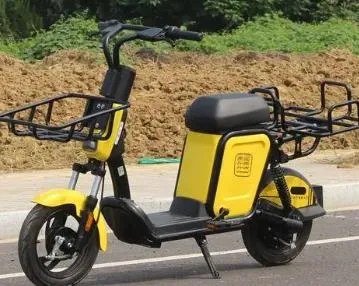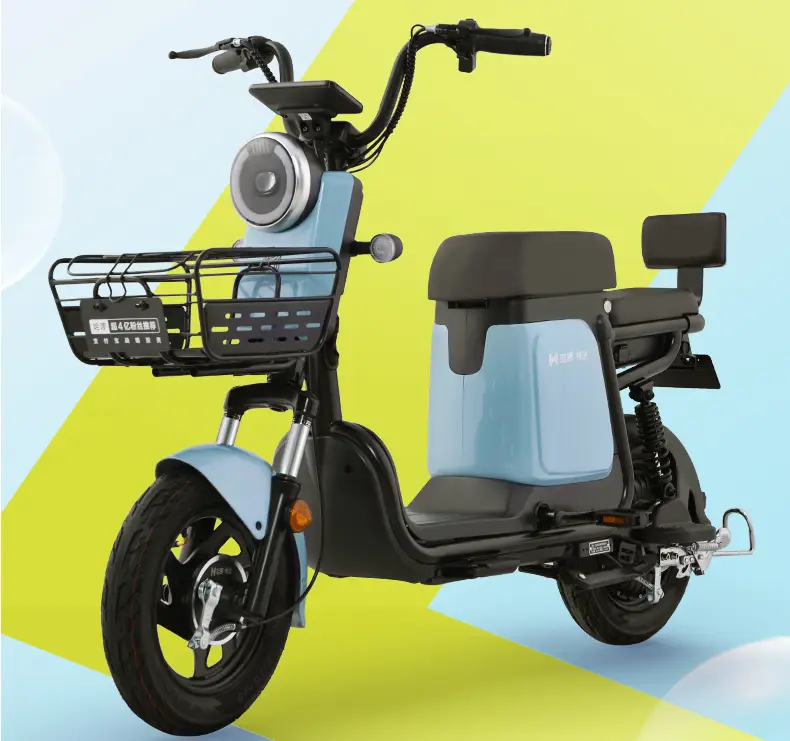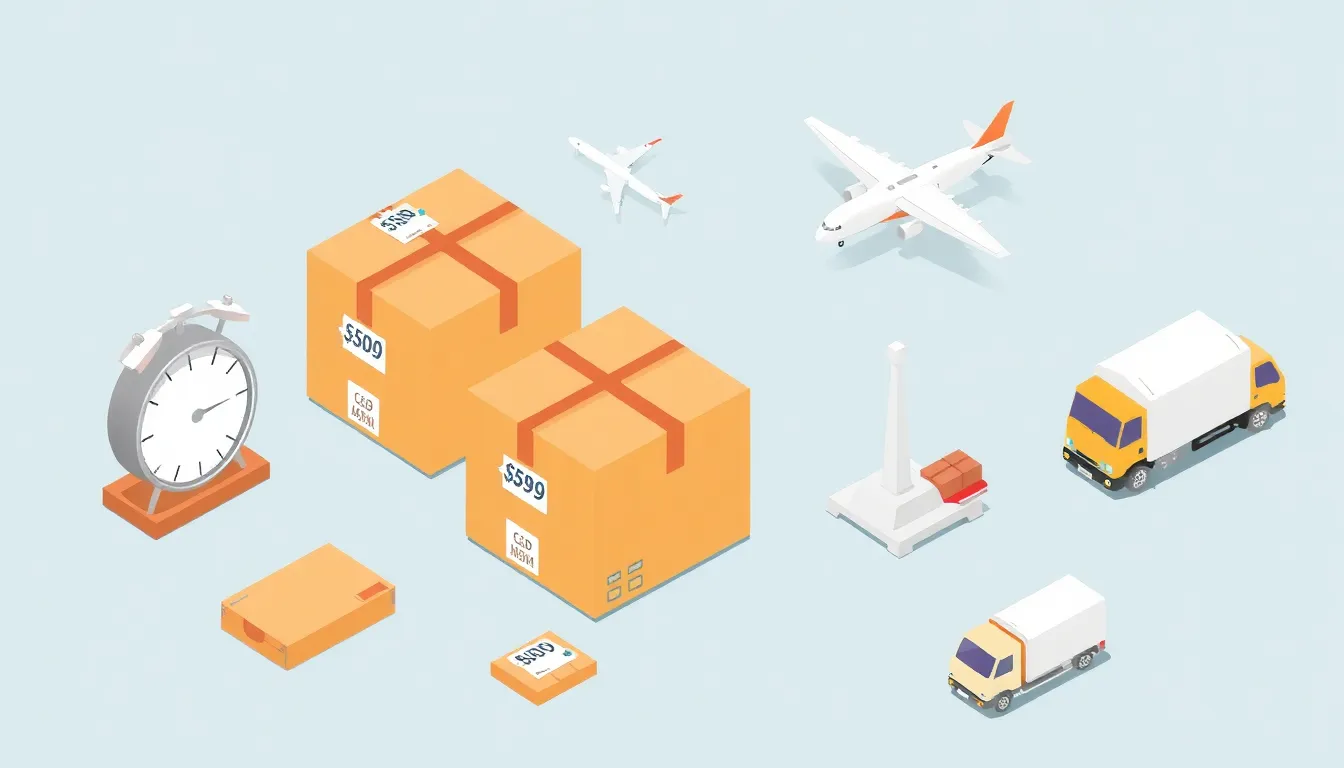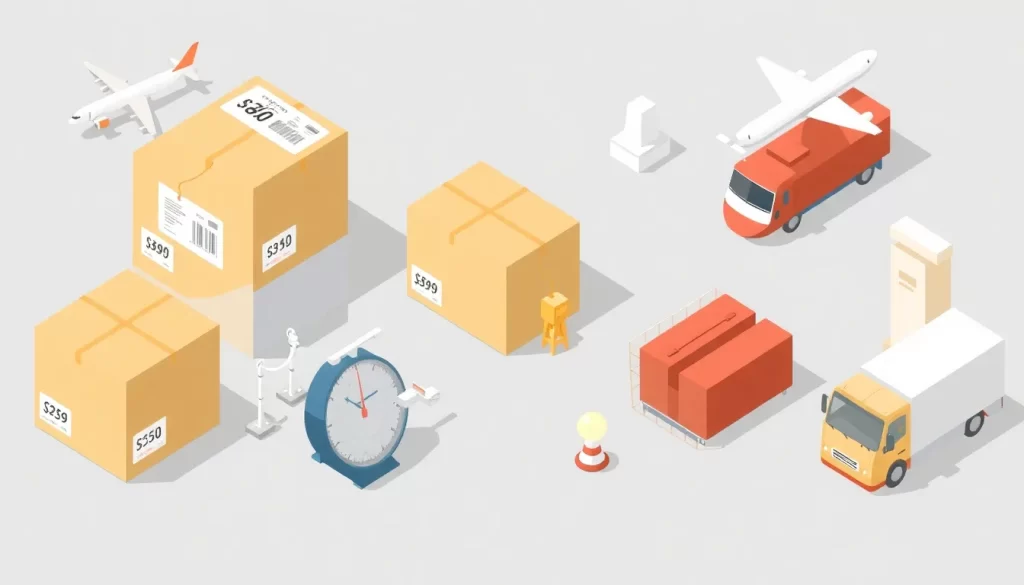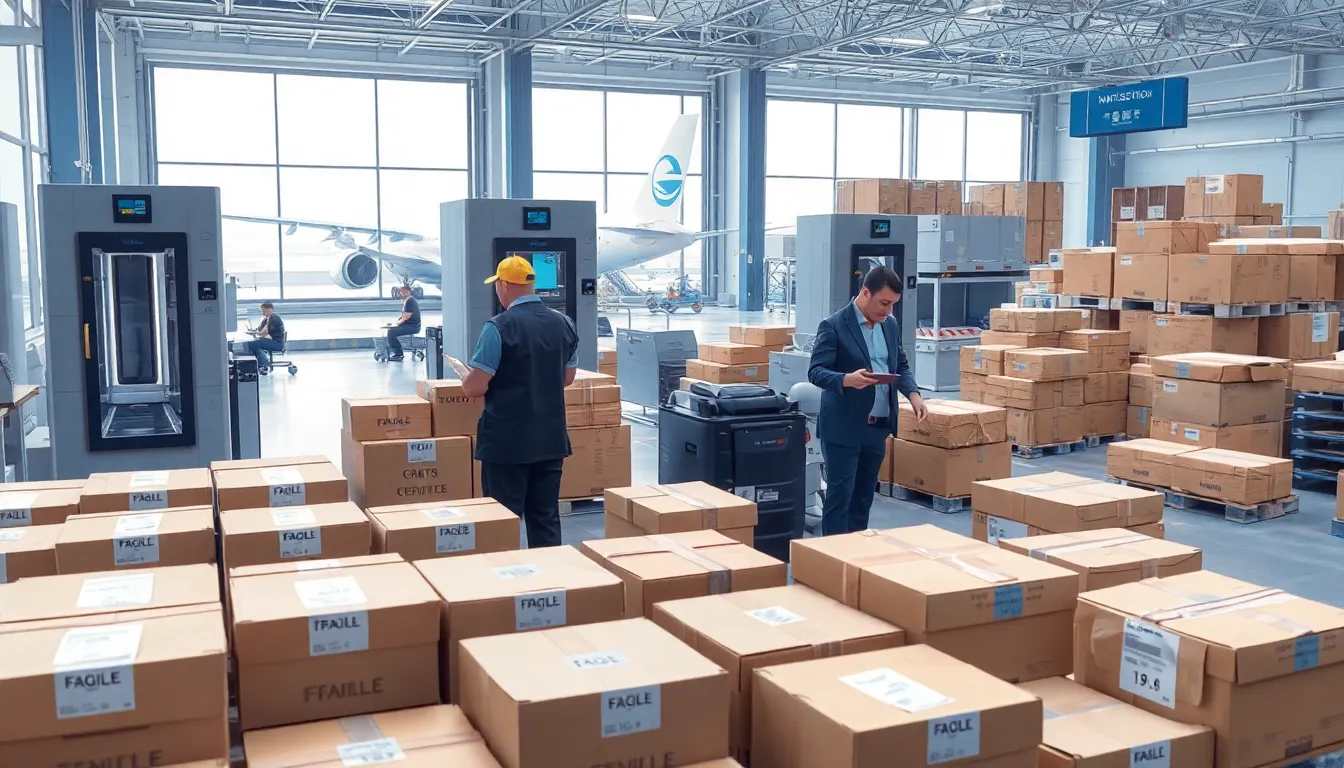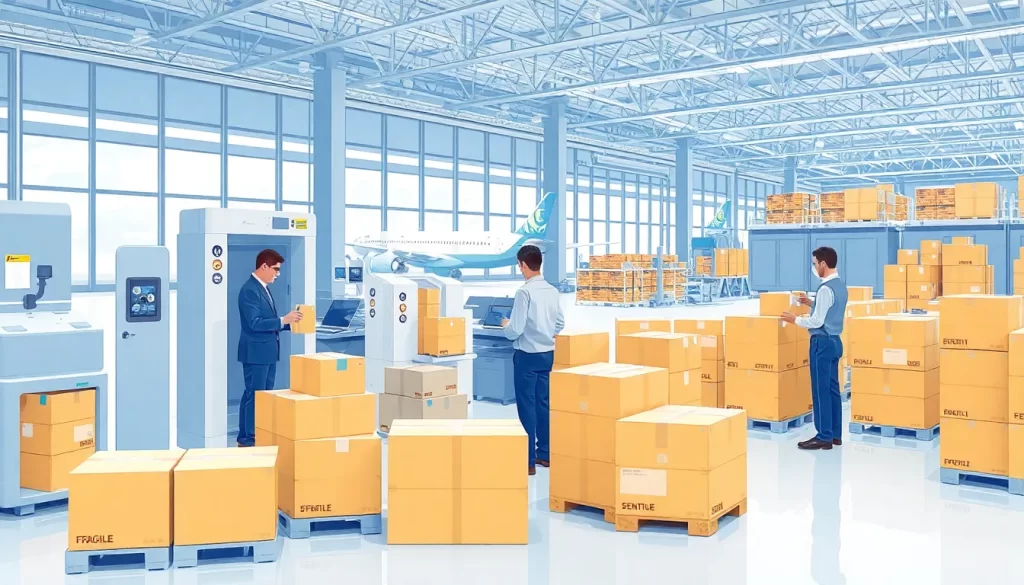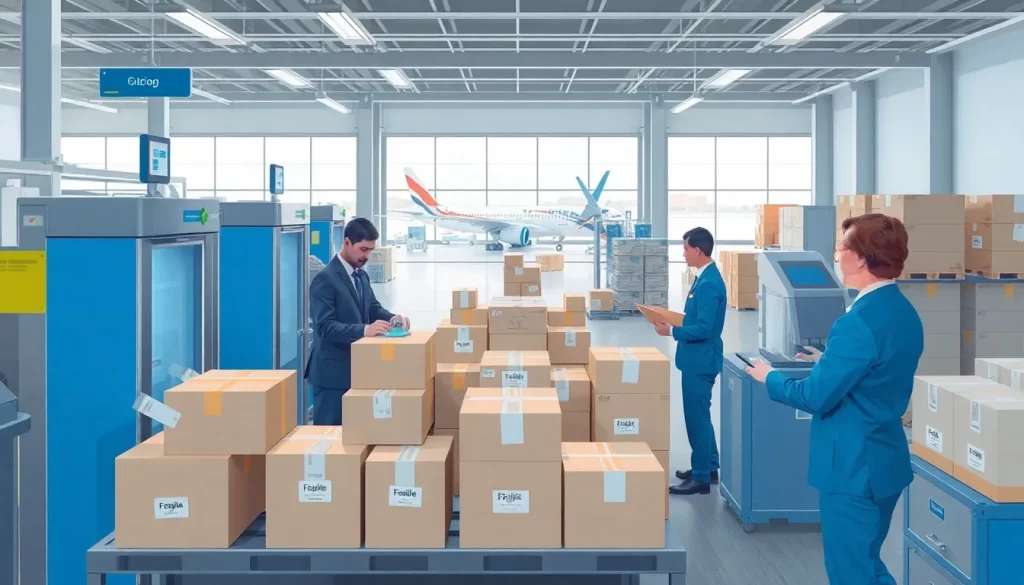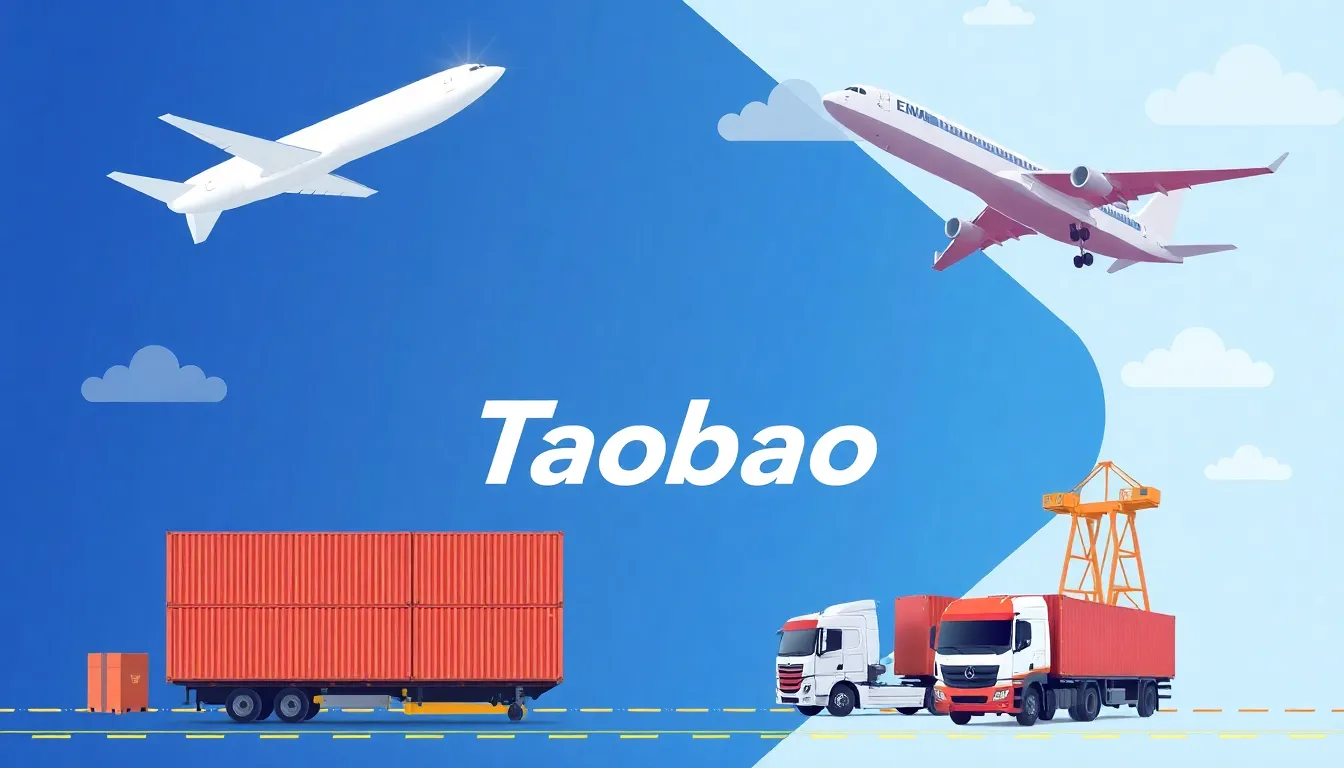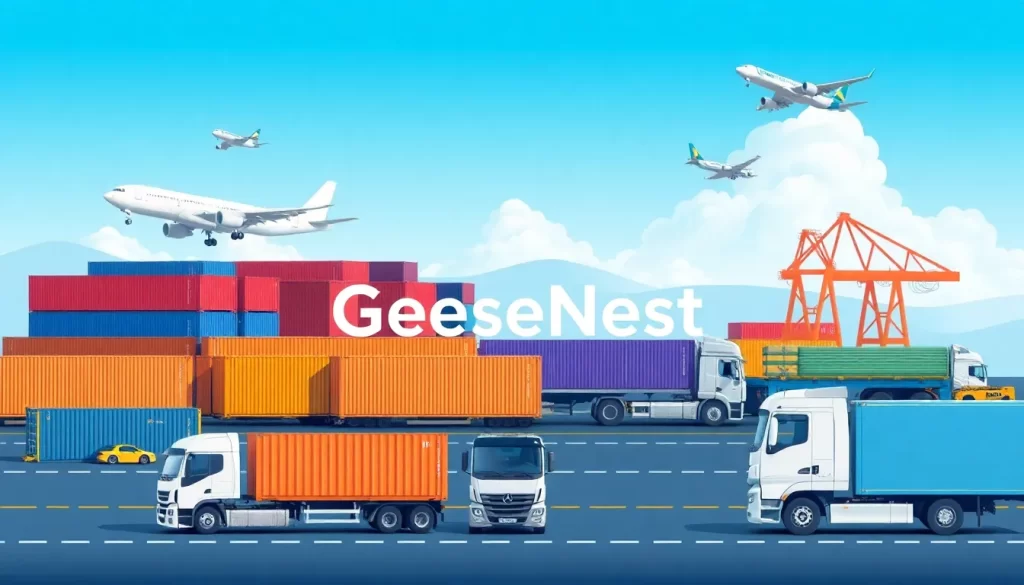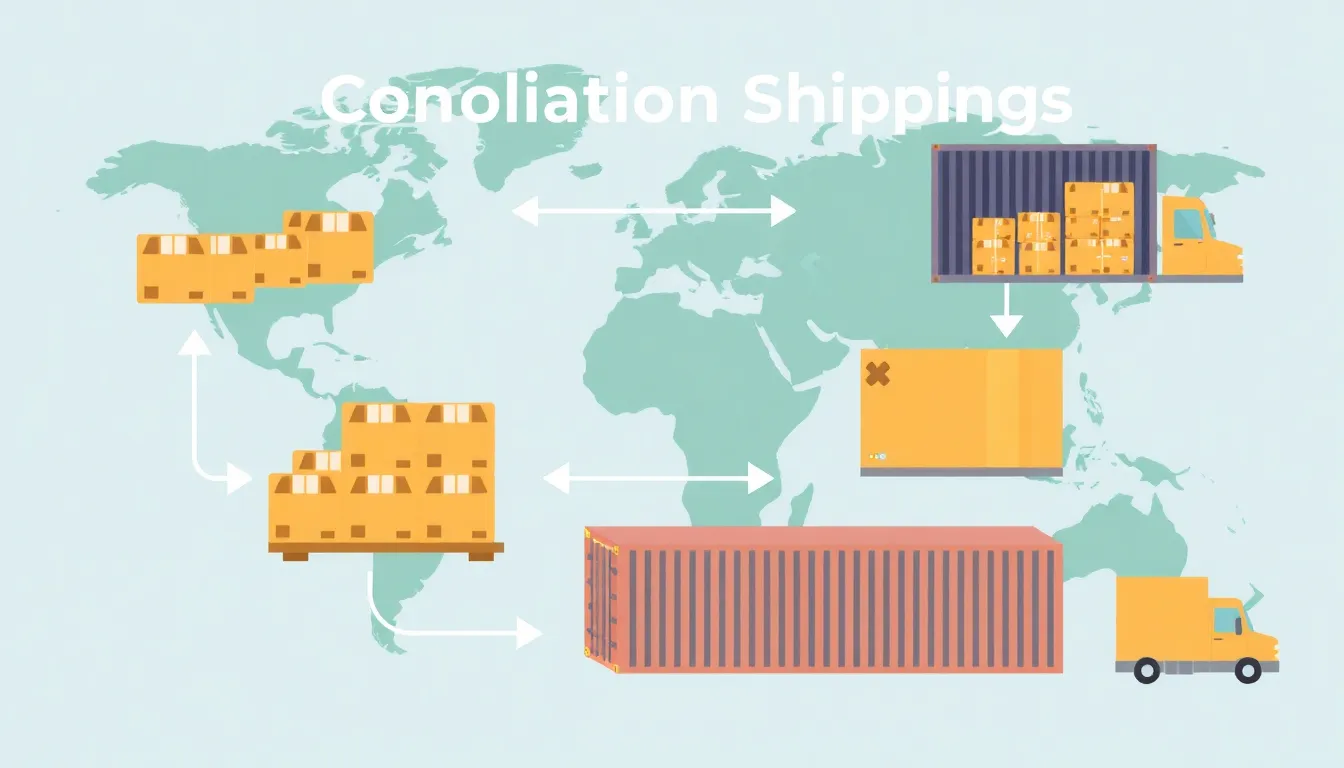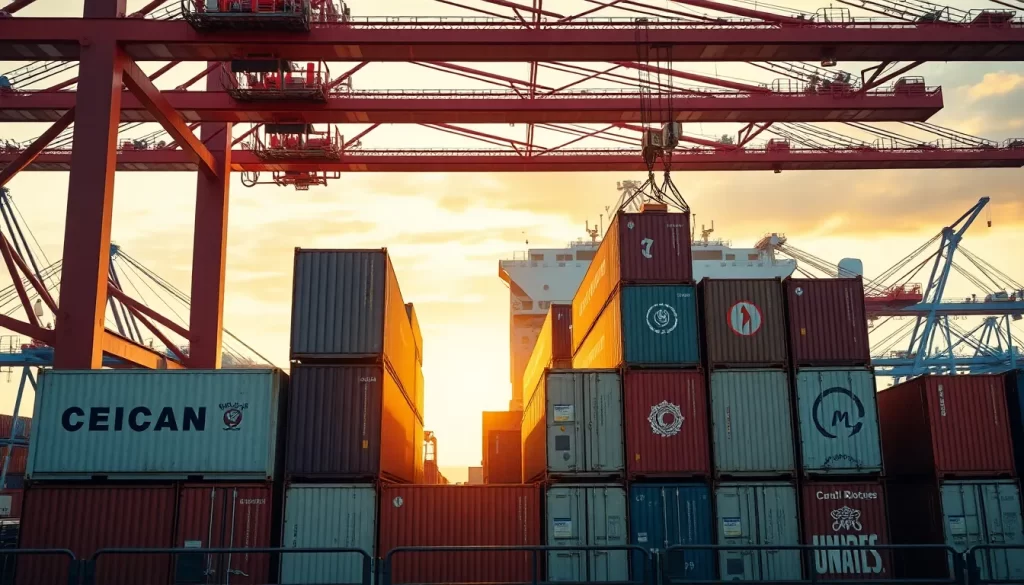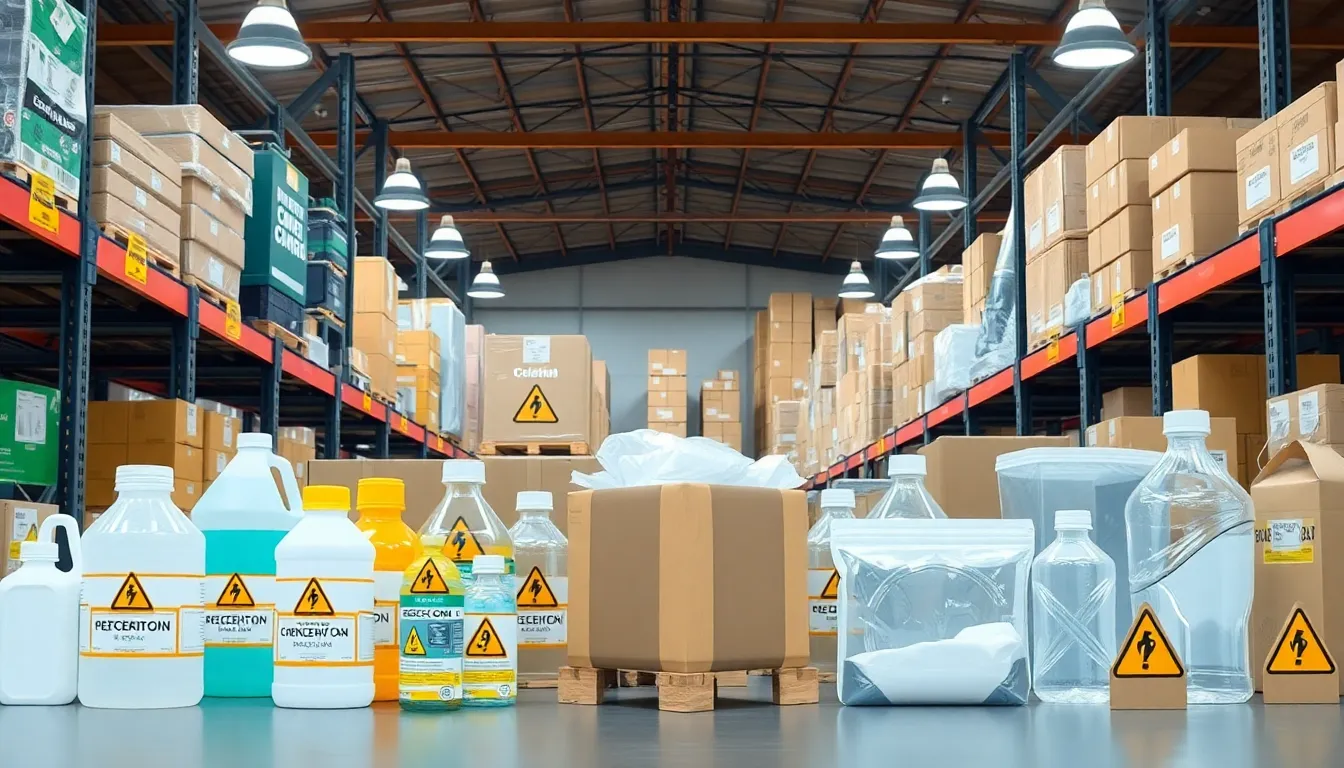GeeseNest: Can Nail Polish Be Shipped Internationally
Nail polish can be shipped internationally, despite being a liquid or paste. However, it must be handled as sensitive cargo due to its chemical composition and flammability.
Most standard international couriers refuse to handle such sensitive goods due to the risks and lack of operational experience. Leading courier services like DHL and EMS generally do not accept these products. That said, it’s absolutely possible to ship nail polish overseas using specialized channels.
GeeseNest, an experienced player in cross-border transportation, offers professional shipping solutions for sensitive cargo such as nail polish, cosmetics, facial masks, pharmaceuticals, liquids, and more. With years of logistics handling expertise, GeeseNest provides reliable, door-to-door international delivery services. Our commitment: if we can’t deliver, you get a refund.
Shipping Time for Nail Polish
Nail polish typically takes 3–10 business days to reach its destination. Customs inspection procedures and delivery times may vary based on the destination country’s import regulations.

More information?
Do you want to know how long it takes to transport nail polish to your country? We offer consultation services for free. Understand the price and delivery time.
What Is Nail Polish and Why Is It Sensitive?
Nail polish is a cosmetic product widely used on fingernails and toenails. It comes in a variety of colors and serves both decorative and protective purposes. Typical ingredients include:
- Solid components: pigments, glitter, etc.
- Liquid solvents: acetone, ethyl acetate, phthalates, and formaldehyde.
These solvents are flammable and subject to international transport regulations, making them classified as sensitive goods.
Required Safety and Shipping Documents (MSDS)
- Hazardous Goods Number: 31025
- UN Number: 1090
- Packaging Code: O52
Standard Packaging Options:
- Small steel drums with open tops
- Ampoules packed in wooden boxes
- Glass bottles with threaded or sealed metal caps
- Plastic bottles or metal cans within wooden crates
Shipping Precautions:
- Use vehicles equipped with firefighting and leak-response tools.
- Avoid midday transport during summer.
- Ground vehicles should have anti-static chains; compartments should use anti-vibration separators.
- Do not mix with oxidizers, reducers, bases, or edible chemicals.
- Prevent direct sunlight, rain exposure, and high temperatures during transit.
- Avoid staying in densely populated or residential areas.
- Vehicles must have spark-proof equipment; railway transport must not involve uncontrolled shunting.
- Prohibited: bulk loading in wooden or cement boats.
Regulatory Guidelines
According to Chinese laws and standards including:
- Regulations on the Safety Management of Hazardous Chemicals (1987)
- Detailed Rules for Implementation (1992)
- Workplace Chemical Safety Regulations (1996)
- GB 13690-92: Classification and Labeling of Hazardous Chemicals
Nail polish is listed under Category 3.1: flammable liquids with a low flash point.
Estimated GeeseNest Shipping Costs (1KG Nail Polish)
To the United Kingdom
- Air Express (Sensitive Goods, Fast Delivery, 6–10 days)
- Base weight: ¥80.00/0.5kg
- Additional: ¥41.00/0.5kg
- Estimated total: ¥121.00 ≈ £13.50
- Standard Air Line (7–12 days)
- Base weight: ¥60.00/0.5kg
- Additional: ¥36.50/0.5kg
- Estimated total: ¥96.50 ≈ £10.80
- UK Return Parcels (15–20 days)
- Fixed Rate: ¥418.00/1kg ≈ £46.60
- Bubble-Free Air Line (7–12 days)
- Base weight: ¥90.00/0.5kg
- Additional: ¥50.00/0.5kg
- Estimated total: ¥140.00 ≈ £15.60
- Sea Freight (Bulk, from 15kg, 45–60 days)
- Base: ¥480.00/15kg
- Additional: ¥32.00/1kg
- 1kg Estimate: ¥480.00 ≈ £53.50
To the United States
- Air Express (Sensitive Goods, 7–12 days)
- Base weight: ¥171.00/0.5kg
- Additional: ¥59.00/0.5kg
- Estimated total: ¥230.00 ≈ $32.00
- Sea Freight (From 21kg, 35–45 days)
- Base: ¥940.00/21kg
- Additional: ¥45.00/1kg
- 1kg Estimate: ¥940.00 ≈ $131.00

Are you going to transport nail polish?
Using our dedicated line service can deliver to your country more efficiently and safely. Get your own free quote.
For more information on Shipping calculator tools, pricing, or packaging guidelines for shipping sensitive goods like nail polish internationally, please contact the GeeseNest support team. We’re here to simplify your cross-border transportation needs with full transparency and professional compliance.

